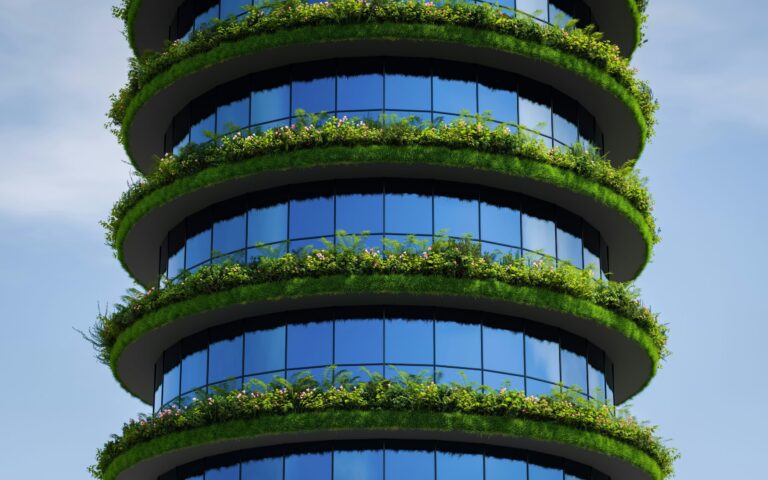Sustainability remained a major theme in commercial real estate throughout December 2024, as both tenants and landlords increasingly prioritized green buildings that align with strict environmental standards. The growing awareness of climate change, coupled with the desire for energy-efficient solutions, has led to a heightened focus on sustainability in the commercial property sector.
In response to mounting environmental concerns, several cities introduced stricter energy efficiency regulations for commercial buildings. Cities like New York, Los Angeles, and Toronto imposed energy-saving benchmarks that property owners were required to meet as part of their lease agreements. The introduction of these new requirements led to a marked increase in the demand for LEED (Leadership in Energy and Environmental Design) certified buildings, which are designed to minimize environmental impact through energy-efficient systems, sustainable materials, and water conservation practices.
Large corporate tenants, particularly those in the technology, finance, and manufacturing sectors, have increasingly sought office spaces that meet their own sustainability goals. Many businesses have made it a priority to lease space in buildings that incorporate renewable energy sources, such as solar power, and employ energy-efficient technologies. This shift in tenant demand has encouraged landlords to retrofit older properties with modern green technologies, including LED lighting, efficient HVAC systems, and solar panels.
For landlords, upgrading to green buildings is seen as an investment in both environmental responsibility and long-term profitability. Green buildings often command higher rents, experience lower vacancy rates, and are viewed more favorably by tenants that prioritize corporate social responsibility. As sustainability continues to shape the commercial real estate landscape, property owners are expected to increasingly adopt eco-friendly building practices to meet tenant expectations and stay competitive.
